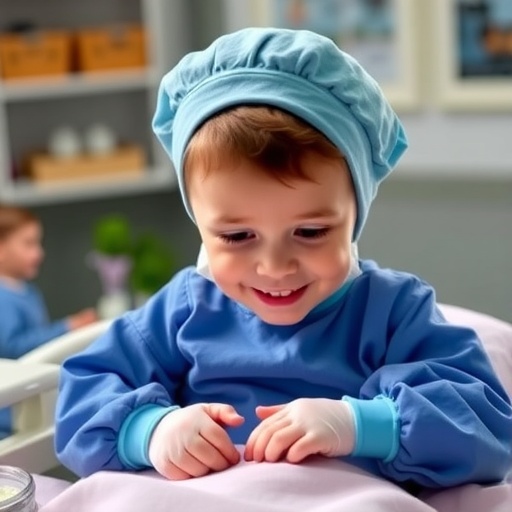A University of Wyoming researcher and his team have discovered that separating male and female mice, over time, changes the way they smell.
The study investigates how the olfactory sensory receptors in mice change as a function of exposure to odors emitted from members of the opposite sex, says Stephen Santoro, an assistant professor in the Department of Zoology and Physiology.
“The idea is that our experiences change our sensory system in a way that is semipermanent. This is probably true in humans as much as mice,” Santoro says. “We found that mice that are housed with the opposite sex all of the time have olfactory sensory receptors that are similar in composition because they are smelling similar smells. On the other hand, mice that were housed separately by sex have sex-specific differences in their olfactory receptors. As a result, they may perceive odors differently.”
The new study, titled “Sex Separation Induces Differences in the Olfactory Sensory Receptor Repertoires of Male and Female Mice,” was published Dec. 4 in Nature Communications, an open access journal that publishes high-quality research from all areas of the natural sciences. Papers published by the journal represent important advances of significance to specialists within each field.
Carl van der Linden, a graduate student from Santa Ynez, Calif., in the UW Neuroscience Program, was the paper’s lead author. Pooja Gupta, a postdoctoral researcher in the Department of Zoology and Physiology and who works in Santoro’s lab, was a contributing author. Susanne Jakob, a preceptor in the Department of Stem Cell and Regenerative Biology at Harvard University; and Catherine Dulac, the Higgins Professor of Molecular and Cellular Biology and department chair at Harvard University, and a scientist at the Howard Hughes Medical Institute, were contributing authors.
Santoro is the paper’s corresponding author. He began this research as a postdoctoral researcher in Dulac’s lab at Harvard before bringing his work to UW.
“The olfactory system of mice and humans is very similar,” Santoro says. “Mice are a very good model to understand how neural systems work, in general. They are a much better model for humans than flies and other common-model organisms.”
Sensory activity plays pivotal roles in the development of the nervous system. Mouse odors are a complex mixture of volatile and non-volatile chemicals derived from skin secretions, urine, tears, saliva and feces, which are known to differ substantially in their chemical compositions between males and females.
“Human males and females smell different, too. Men give off odors from testosterone metabolites, for example,” Santoro explains. “There are genetic differences in being able to detect this. Some people would say the smell is good, while others find it unpleasant or cannot detect it at all. These differences in perception are related to genetic differences in people’s receptors. Some researchers speculate that these kinds of molecules might function as pheromones in humans.”
Unlike most neurons in the mammalian nervous system, olfactory sensory neurons (OSNs) are continually born and replaced throughout life, a process that normally replaces damaged neurons in humans when we have a cold or use a zinc nasal spray, Santoro says. Changes in the abundance of specific OSN subtypes occur, in part, through a use-it-or-lose-it mechanism in which active OSNs are retained and silent OSNs are eliminated from the population, the paper concludes.
###
The research was funded by the National Institutes of Health (NIH), including through a grant to the Wyoming Sensory Biology Center of Biomedical Research Excellence, and by the Howard Hughes Medical Institute in Chevy Chase, Md. Results from this study may contribute to an enhanced understanding of sex-specific differences in olfactory function.
“As we age, our olfactory system gets worse. One of NIH’s priorities is to understand why that occurs,” Santoro says. “We think our research may have some relevance to this by providing insights into why olfactory neurons die and how the birth of new neurons is regulated.”
Media Contact
Stephen Santoro
[email protected]
307-314-2444
Related Journal Article
http://www.
http://dx.




